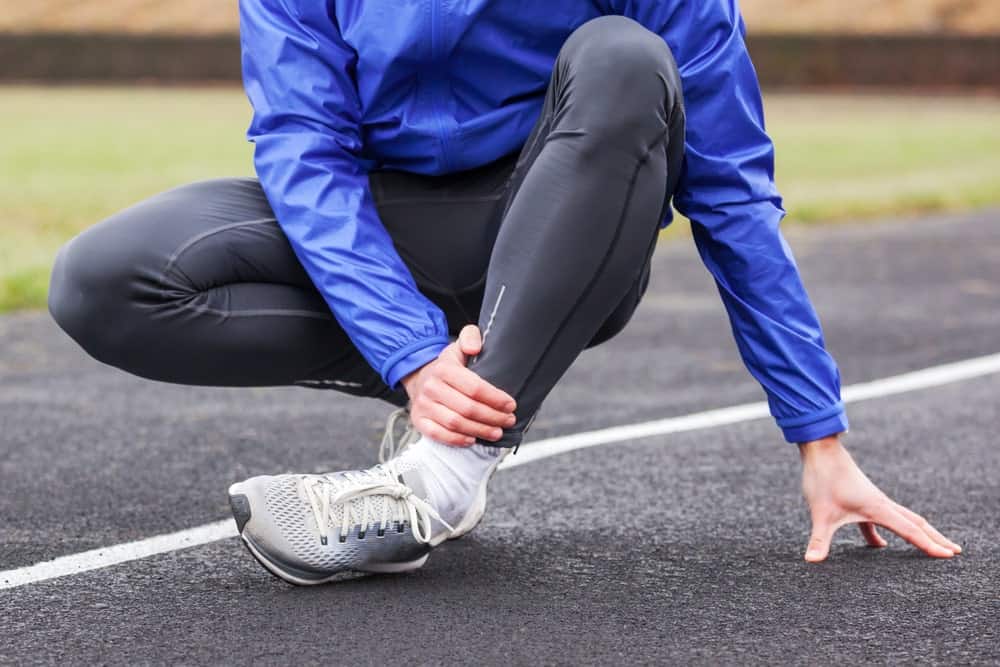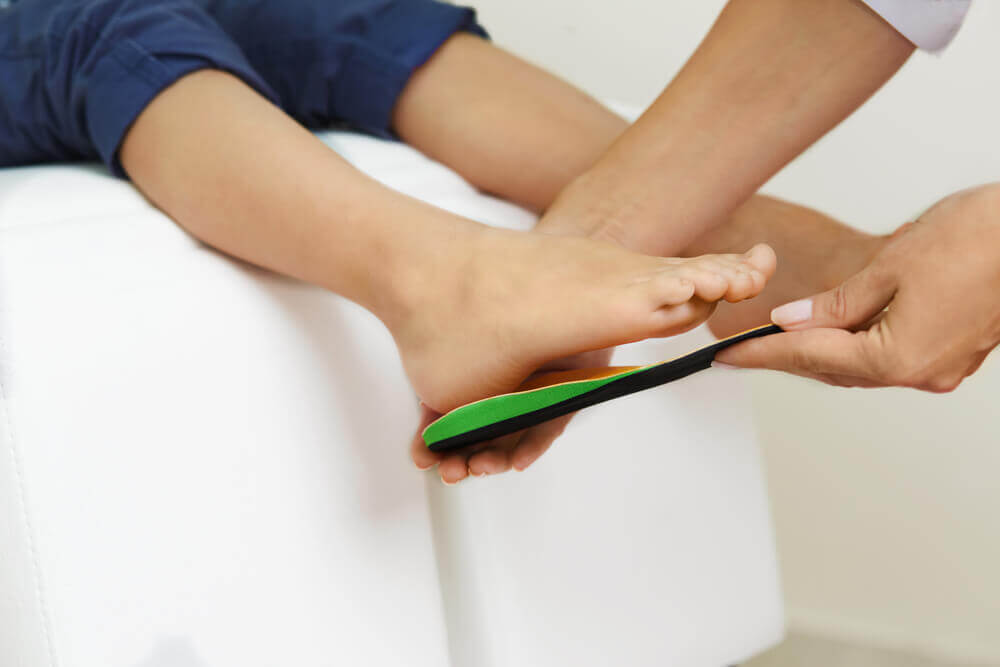
How to Take Care of Sports Related Feet Injuries…
We at The Foot Pod in Karrinyup are passionate about good foot care. Our principle podiatrist, Dr. Rachel Timmins, specialises in treating patients who have suffered feet and ankle injuries from playing sport. In this article, we explore how to take care of foot-related sports injuries, so read on to find out how you can prevent them from happening.
Common sport-related injuries
Sports injuries are caused by overuse, direct impact or a very strong application of force, so it’s no surprise that foot and ankle injuries are some of the most common sports injuries.
1. Achilles Tendinitis
Achilles tendinitis, a very common foot and ankle condition, affects the Achilles tendon. It’s generally caused by sports-related overuse or long-term wear-and-tear.
2. Plantar Fasciitis
The plantar fascia is the band of tissues that supports the arch of your foot. When they absorb too much stress or become strained from activities such as running, they become inflamed, which causes pain at the bottom of the heel. This is known as plantar fasciitis.
It’s a very common condition that generally requires patients to rest, ice and do stretching exercises to recover and relieve pain.
3. Stress fractures
A stress fracture is a small crack in the bone, often experienced by athletes participating in sports that place repetitive stress on feet and ankles, such as running, basketball, dance and tennis. Stress fractures can also be caused by a lack of conditioning and technique, which may disrupt the mechanics of the foot and ankle.
4. Ankle sprain
An ankle sprain occurs when the foot is twisted, and the ligaments of the ankle are damaged. The most common type of sprain is the inversion sprain, which is caused by the foot being twisted inward and the outer ligaments being over-stretched.
When an ankle is sprained, the athlete experienced moderate pain, and walking and standing may be difficult and painful.
5. Neuroma
A neuroma is a pinched nerve in the foot, which often feels like tingling, numbness and pain in the ball of your foot. It often develops due to flat feet, feet with high arches, mismatched shoe size or style, trauma or overuse and stress. These factors can cause stress and inflammation, which may create a neuroma.
Prevention tips for your feet and ankles during sport ????????♀️
- Warming up with stretches or a slow jog will get the muscles ready for action.
- Choose the correct shoes for you and use insoles if you need to.
- When your shoes become tired or worn out, replace them.
- Avoid running or stepping on uneven surfaces.
- Be careful running too many hills.
Contact us for more prevention tips
It may be tempting to push your body, but there’s a time and a place for that. It’s important to listen to your body, take care of it, and exercise safely so you won’t strain or stress your body.
If you have any sports-related foot and ankle injuries or have any questions about our prevention tips for your feet and ankles during sport, contact the Foot Pod today.
We are available for online appointment bookings OR call us today on (08) 9246 7292.




